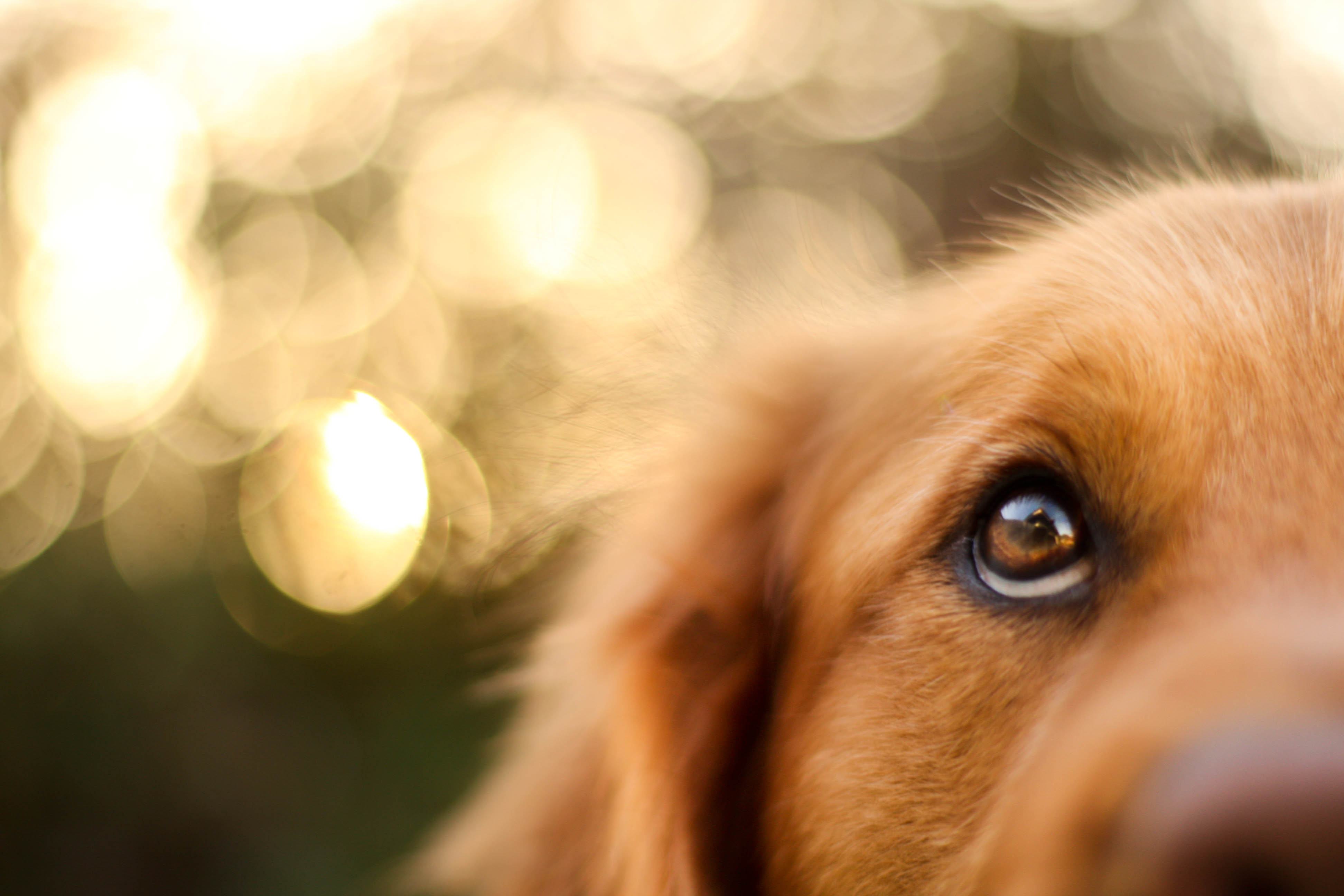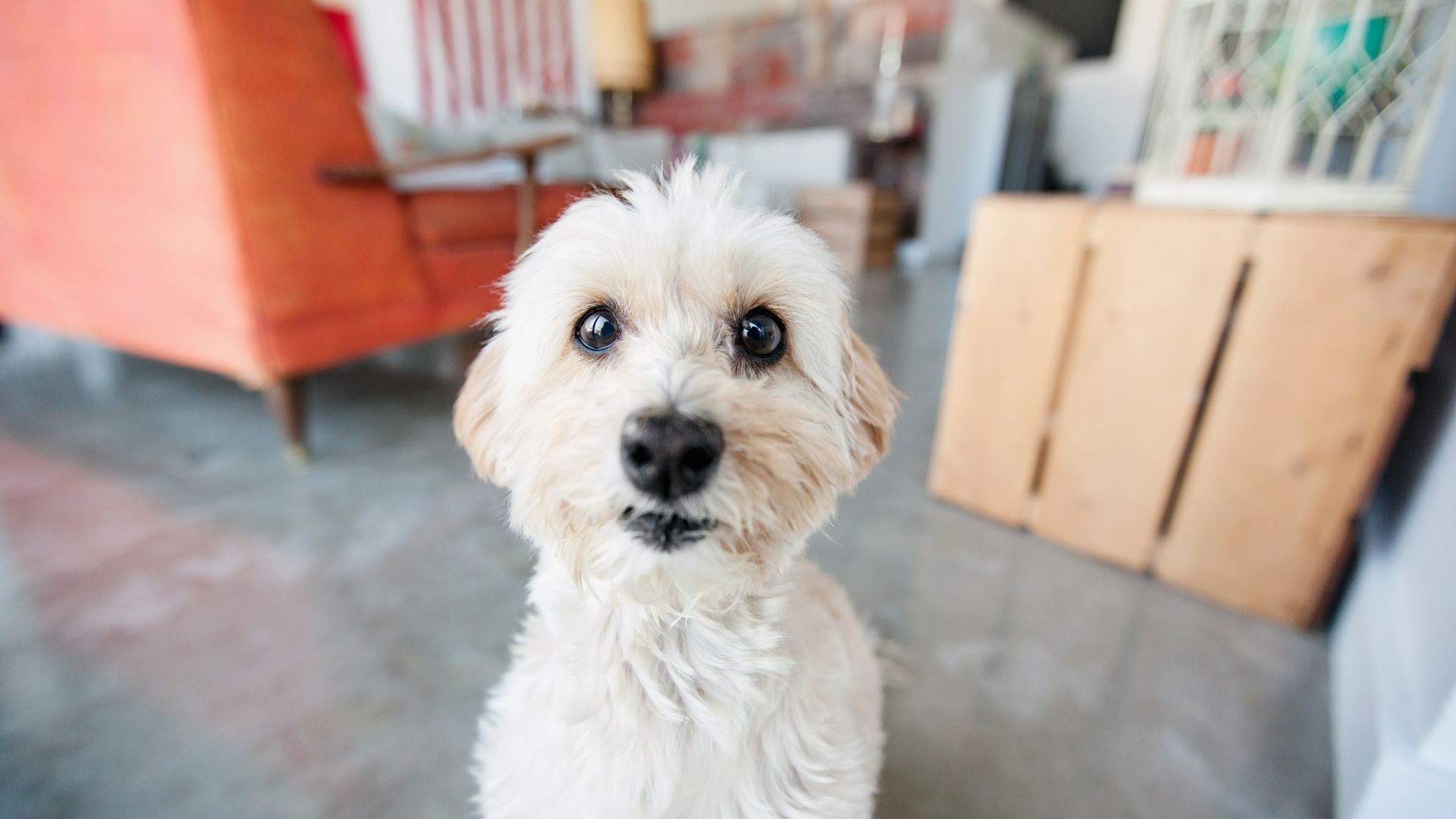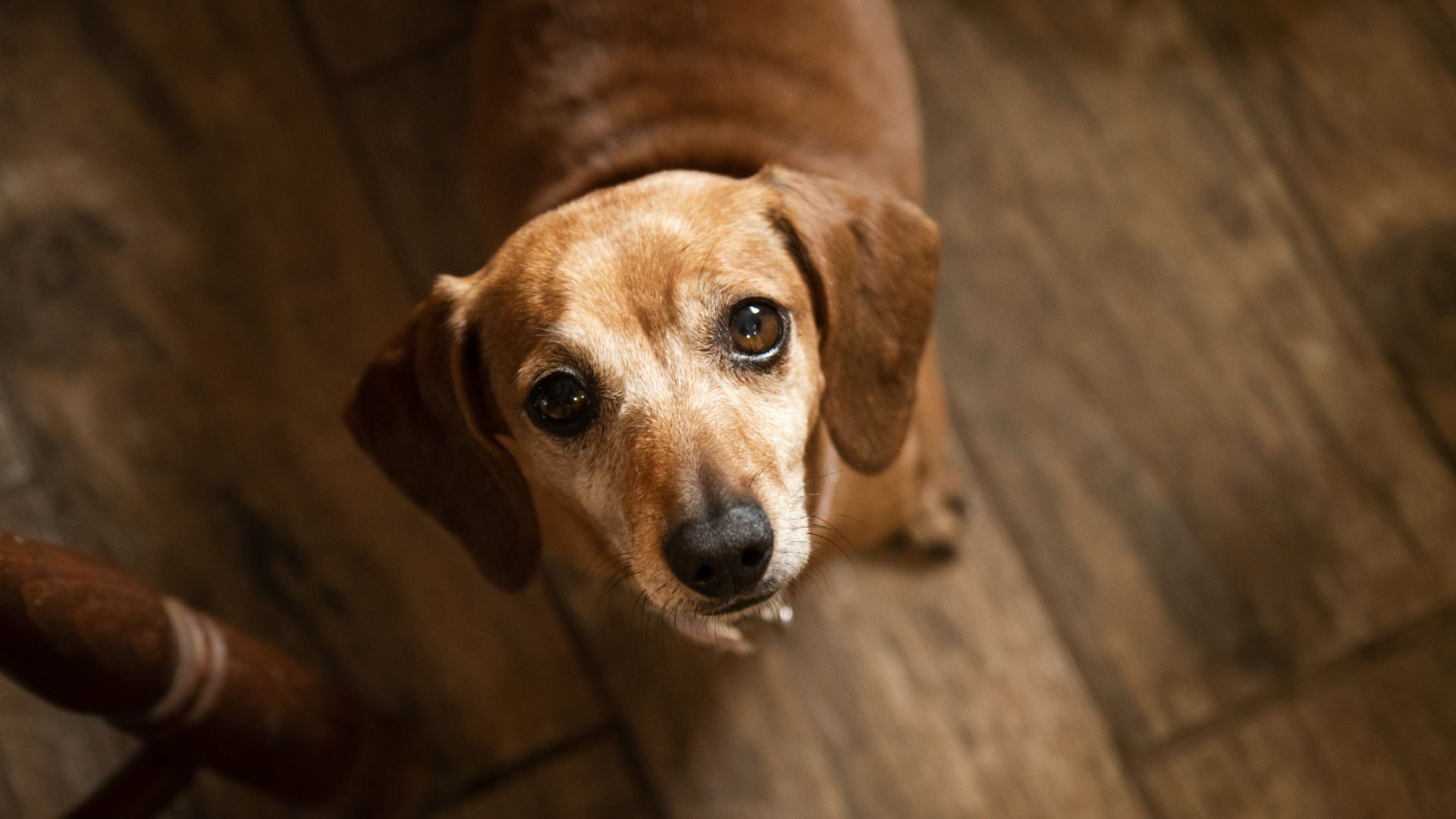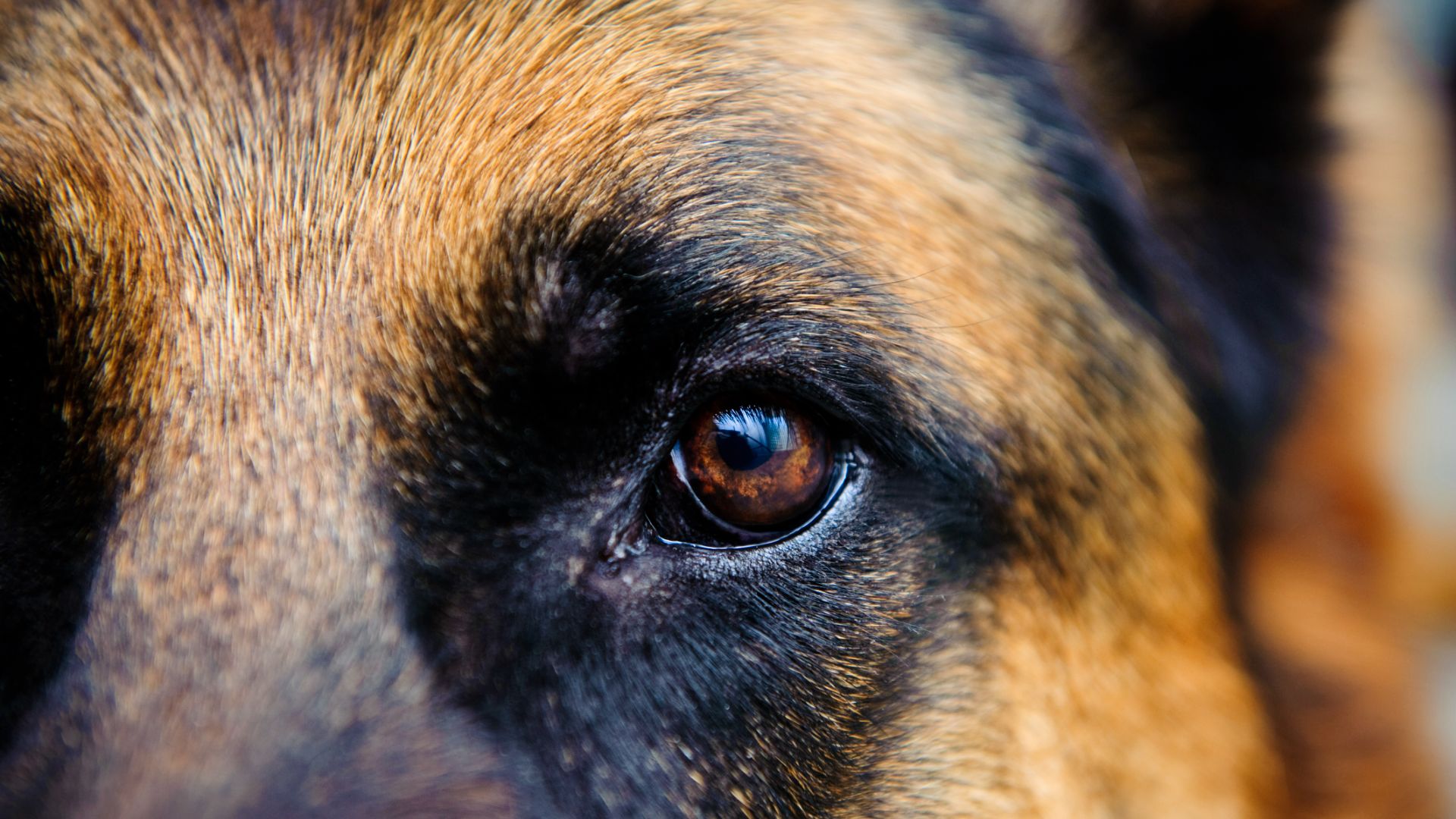Are dogs color blind? Or is that a myth?
Are dogs color blind? This is a question you may have asked yourself more than once. We’ve done some investigating into this age-old notion and brought you the answer.

Are dogs color blind? If you always thought this to be true, you’re not alone. This idea came about in the 1930s when Will Judy, publisher of Dog Week Magzine, claimed that dogs had poor vision and could only see outlines, shapes, and shades of black and grey.
Now here we are decades later, to tell you that while dogs are classed as color blind, it is not in the way you might think. We spoke with vet, Dr.Rebecca MacMillan to find out what exactly dogs can see.
Let’s dive deeper into how a dog sees, so you can get back to playing with the best dog toys with your pooch.
What can dogs see?

Dog’s eyes are very different from a human's - but they can still see color. “Dogs see the world slightly differently from us. Research has shown that dogs can see shades of blue, yellow, and grey but struggle with reds, purples, oranges, and pinks. This makes things look much more muted and is very similar to color blindness in people,” says Dr. Rebecca MacMillan.
Dogs have more rods and fewer cones in their eyes than people do, with the latter helping with bright light and color perception. Dogs are only dichromatic, which means they have two kinds of cones whereas humans and other primates have three.
In the Royal Society Open Science Journal, a study found that a dog’s vision is similar to a human that had a red-green color blindness.
This means they can make out yellow and blue and combinations of those colors. But this can leave much of the world looking muddy and brown. Green grass looks more like brown, dry grass, and bright red toys probably look brownish.
Get the best advice, tips and top tech for your beloved Pets
“This adaptation means that while dogs may not be able to see the full rainbow of colors that we do, they are however able to see better at low light levels and can spot movement more easily,” Dr. MacMillan adds.
What colors can dogs see?

Dogs can see yellow and blue colors the best, which is funny considering most dog toys are a shade of red. If you're training your dog to fetch toys, you may want to use toys that are in the yellow and blue families - especially if you're trying to train your dog to differentiate between objects.
If you've ever tossed a red ball around for your dog to fetch in the yard and noticed they kept missing it in the grass, it's because they see the ball and the grass as similar colors. Who knew?! Use a tennis ball instead, something that dogs universally love and can see much easier - it is yellow, after all.
What is a dog's vision like?

Dogs' eyes have evolved to help hunt in the dark, so they have a larger lens and corneal surface, as well as more rods, which help with low-light vision.
Dogs have better night-time vision than humans do, but with one less set of cones, they cannot see such a wide variety of colors as we can. However, they have a much wider field of vision than humans. A dog's eyes are set at a 20-degree angle on their head, with certain breeds like greyhounds having an even more extreme angle. This means that they have increased peripheral vision, with depth perception that is best when they look straight ahead. Humans can see in a 180-degree radius, while greyhounds can see in a 270-degree radius.
How to keep their eyes healthy
Now that you have the answer to the question, are dogs color blind, it is important to also know how to keep your dog's eyes healthy. Be sure you are feeding your pooch the best dog food, that contains all the vitamins and nutrients they need to support healthy vision.
Martha Stewart Pet Food Beef & Chickpea Recipe with Garden Vegetables Dry Dog Food
A wholesome formula that is filled with nutritious ingredients., the Martha Stewart Beef and Chickpea Recipe with Garden Vegetables contains real beef, and cage-free eggs and is packed with omega fatty acids that support the healthy development of the brain, eyes, skin, and coat.
Dr. Rebecca MacMillan goes on to say, “If you notice anything unusual with your pet’s eyes or their vision then take them to your vet for a check-up as soon as possible. Eye problems can deteriorate rapidly without appropriate care so it is always best to act sooner rather than later if you are concerned.”
If you’re worried about eye discharge in dogs, check out our vet’s guide which covers everything you need to know.

